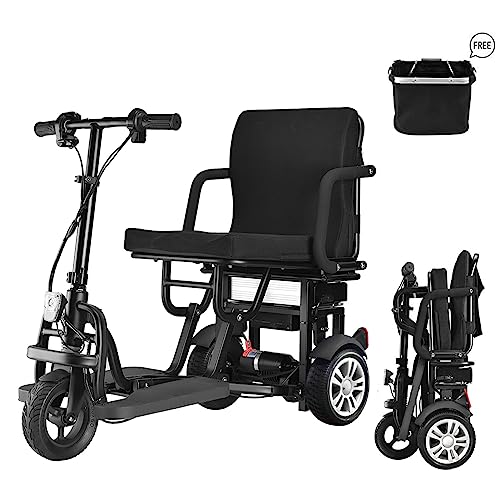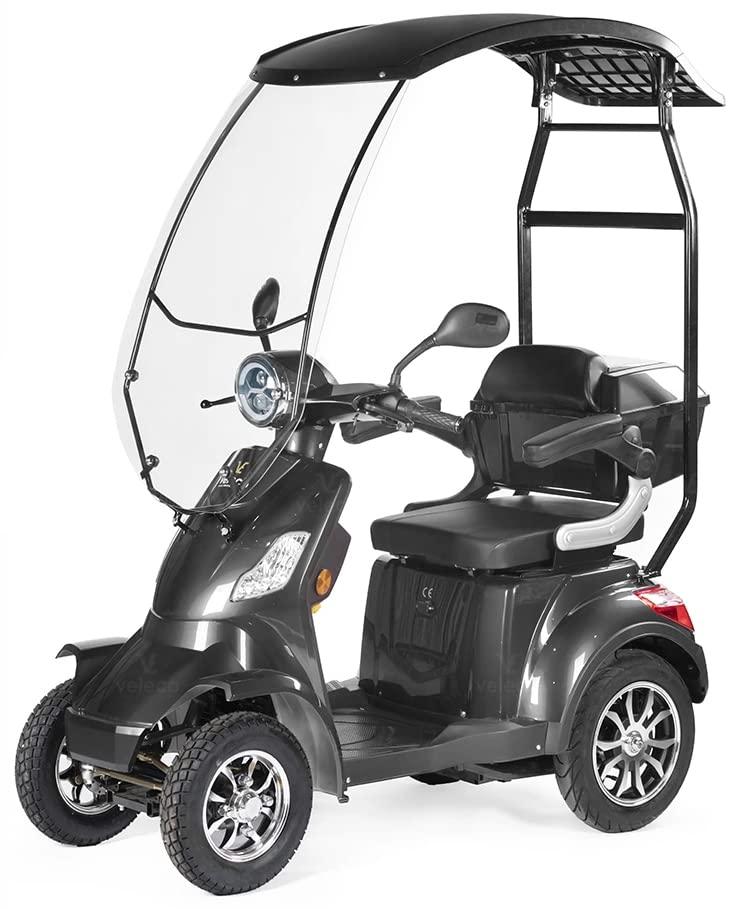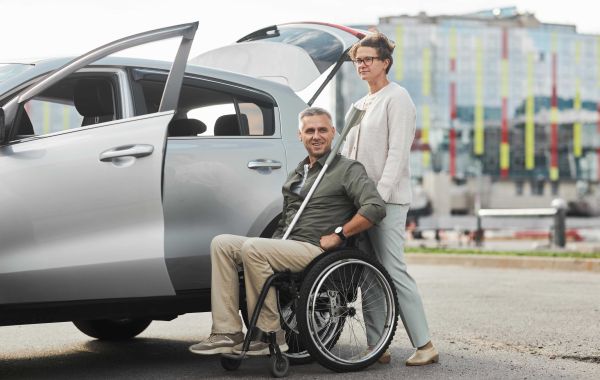For individuals with mobility challenges, a mobility scooter can be a life-changing investment. These devices not only enhance personal independence but also improve the quality of life by providing a reliable means of transportation. However, the process of buying a mobility scooter can be overwhelming, especially with the myriad of options available in the market. This comprehensive guide aims to simplify the decision-making process, ensuring that potential buyers make informed choices that best suit their needs.

Understanding Mobility Scooters
A mobility scooter is a motorized vehicle designed to assist individuals with mobility issues in navigating both indoor and outdoor environments. These scooters come in various sizes and configurations, each tailored to different user requirements. They are particularly beneficial for those who find walking long distances challenging, have balance issues, or need a more comfortable and stable mode of transportation.
Key Factors to Consider When Buying a Mobility Scooter
Mobility Needs
- Indoor vs. Outdoor Use: Determine whether the scooter will be used primarily indoors, outdoors, or both. Indoor scooters are generally smaller and more maneuverable, while outdoor scooters are built for durability and can handle rough terrain.
- Distance and Terrain: Consider the maximum distance you need to travel and the type of terrain you will encounter. Some scooters are designed for long distances, while others are better suited for short trips or specific terrains.
User Comfort
- Seating: Look for a scooter with a comfortable, adjustable seat that supports your body well. Some models offer ergonomic designs and additional padding for enhanced comfort.
- Controls: Ensure that the controls are easy to use and accessible. Consider features like adjustable handlebars and intuitive control panels.
Battery and Range
- Battery Type and Capacity: Check the type of battery (e.g., lead-acid, lithium-ion) and its capacity. Lithium-ion batteries are generally more efficient and have a longer lifespan.
- Range: The range of the scooter is crucial. Choose a model that can cover the distance you need without requiring frequent recharging.
Safety Features
- Braking System: Look for scooters with reliable braking systems, such as disc brakes or regenerative braking.
- Lights and Signals: Ensure the scooter is equipped with headlights, taillights, and turn signals for enhanced visibility and safety.
- Stability: Consider the weight capacity and stability of the scooter, especially if you have balance issues.
Maintenance and Support
- Warranty: Check the warranty terms and conditions. A good warranty can provide peace of mind and protect your investment.
- Service and Support: Research the manufacturer’s customer service and support network. A strong support system can be invaluable in case of any issues.
Budget
- Cost: Determine your budget and look for models that offer the best 8Mph mobility scooters uk value for money. Consider not only the initial cost but also ongoing maintenance and battery replacement costs.
Types of Mobility Scooters
Three-Wheeled Scooters
- Pros: More maneuverable, lighter, and easier to transport.
- Cons: Less stable on rough terrain.
Four-Wheeled Scooters
- Pros: More stable and better for outdoor use.
- Cons: Bulkier and less maneuverable.
Travel Scooters
- Pros: Compact and easy to disassemble for transportation.
- Cons: May have a shorter range and less comfortable seating.
Heavy-Duty Scooters
- Pros: Built for users with higher weight capacities and durable for rough terrains.
- Cons: Larger and heavier, making them less portable.
FAQs About Buying a Mobility Scooter
What is the average lifespan of a mobility scooter?
- The average lifespan of a mobility scooter is around 5 to 10 years, depending on usage and maintenance.
Can I use a mobility scooter indoors and outdoors?
- Yes, many mobility scooters are designed for both indoor and outdoor use. However, it’s important to choose a model that suits your specific needs in terms of size, weight, and terrain.
How often should I charge the battery?
- The frequency of charging depends on the battery type and usage. Lithium-ion batteries generally have a longer lifespan and can be charged after each use, while lead-acid batteries may require charging every few days.
What is the maximum weight capacity for a mobility scooter?
- The maximum weight capacity varies by model, but most scooters can support between 250 to 500 pounds. Heavy-duty scooters can support even more.
Are mobility scooters covered by insurance?
- Some insurance policies, including Medicare and Medicaid, may cover the cost of a mobility scooter under certain conditions. Check with your insurance provider for details.
Choosing the right mobility scooter is a significant decision that can greatly impact your daily life. By considering your specific needs, budget, and the key factors outlined in this guide, you can find a scooter that enhances your mobility and independence. Whether you’re looking for a compact travel scooter or a heavy-duty model for outdoor adventures, there’s a mobility scooter out there that’s perfect for you.
Additional Resources
- Consumer Reports: For unbiased reviews and comparisons of different mobility scooters.
- Local Dealerships: Visit local dealerships to test drive different models and get expert advice.
- Online Forums: Join online communities of mobility scooter users to share experiences and tips.
By taking the time to research and understand your options, you can make a well-informed decision that will improve your quality of life and help you stay active and independent.








